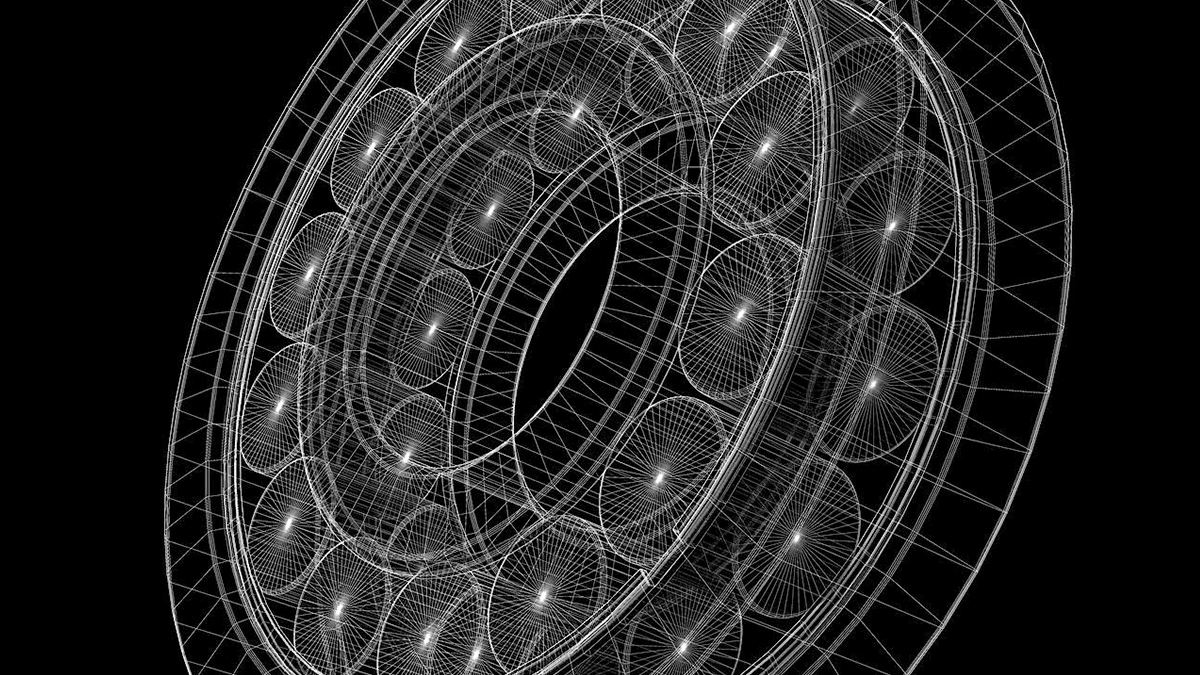In recent years, the domestic and foreign medical and aerospace industries have developed vigorously, and the demands for related precision components have increased. Domestic and foreign manufacturers have invested in five-axis machining to improve manufacturing precision and provide high-stability and high-quality processed parts.
What Is An Indexing Plate?
An index plate is a machine tool that clamps the workpiece on the chuck or between two centers and makes it rotate, index and position. The index plate is one of the important accessories of the milling machine. Most of them are suitable for CNC machine tools, grinding machines, and all kinds of special machines. Milling various gears, polygons, splines, etc. with the index plate for indexing.
The functions of the index plate:
- Install the workpiece at the required angle, such as milling a bevel.
- Perform indexing.
- When milling spiral grooves, coordinate with the longitudinal movement of the worktable to make the workpiece continue to rotate.
Types of index plates:
- According to its transmission and indexing form, it can be divided into worm pair indexing disc, indexing disc, orifice indexing disc, grooved disc indexing disc, end gear disc indexing disc, and other indexing discs (including inductive indexing Plate and grating index plate).
- According to its function, it can be divided into a universal indexing plate, semi-universal indexing plate, and equal dividing indexing plate.
- According to its structure, there are vertical and horizontal index plates, tiltable index plates, and cantilever index plates.
As a general-purpose machine tool accessory file, the structure of the index plate is mainly composed of a clamping part, an index positioning part, and a transmission part. The index plate is mainly used for milling machines, but also commonly used for drilling machines and surface grinders. It can also be placed on a platform for fitter marking. The index plate mainly has two types: general indexing head and optical indexing head.
Optics index plate:
The main shaft is equipped with a precision glass dial or circular grating, which is subdivided and enlarged by an optical or photoelectric system, and then the angle value is read out by an eyepiece, a light screen, or a digital display device. The indexing accuracy can reach ±1, and the optical indexing head is used for precision machining and angle measurement.
CNC index plate:
The numerical control indexing head is driven by AC or DC servo motor, driven by a multiple-pitch worm and worm gear mechanism, using a hydraulic embracing locking device, plus a solid rigid sealing structure. CNC indexing heads are widely used in milling machines, drilling machines, and machining centers. Cooperating with the four-axis operation interface of the mother machine, simultaneous four-axis machining can be performed. The combination of CNC indexing head and spark machine can be used for bicycle and automobile tire mold processing. The CNC indexing head can also cooperate with the DC/AC single-axis servo controller to connect to the M-signal for equal division processing.
The composition of the index plate:
- Fixed part: The base of the indexing device, to stabilize the accuracy.
- Rotating part: The moving parts of the indexing device achieve the purpose of indexing through it.
- Indexing and setting mechanism: The key part of the indexing device is composed of an indexing plate and a setting pin.
- The index plate relates to the rotating part.
- The dowel pin is connected to the fixed part.
- Lifting and locking mechanism: To reduce friction before indexing, you need to lift the turntable. After indexing, lock the turntable on the fixed part to increase the rigidity and stability of the system.
Machine tools are the mother of industry and the key to the development of the machinery industry. The CNC indexing plate, which plays the role of the fourth and fifth axis of modern processing machines, is also a key and important component. The most important advantage of five-axis machining is that it can improve machining accuracy, reduce machining time, and improve production efficiency. Therefore, more and more markets require high-precision CNC indexing plates, which drives the development of the market and accelerates the upgrade and transformation of the machine tool industry.







.png)






